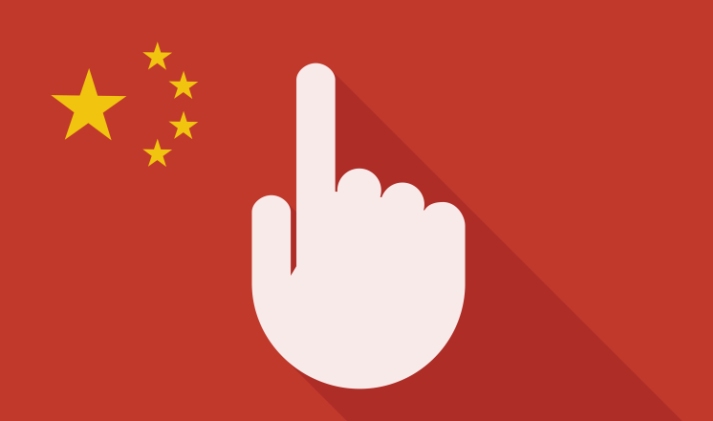
Having worked with approximately 2,000 companies over the past 20 years on strategies for entering new markets, I can say confidently that the most frequent mistake companies make when trying to reach new customers abroad is what I call the “Mistake of Nothing.”
Faced with the uncertainties of selling to unfamiliar consumers, company executives often decide that the best way to avoid missteps is to just keep doing what has worked for them in the past. In other words, they change nothing. They don’t adjust product offerings, pricing, distribution, marketing strategy—everything stays in the comfort zone. Simply put, the company treats a promising new market like China as if it were just a much larger version of Ohio.
This Mistake of Nothing usually comes about because companies have enjoyed success at home by standardizing many aspects of their businesses. Yet this approach can be precisely the wrong one when going abroad. Big-box retailer Target made the mistake when it set its sights on the Canadian market. Target was so committed to its U.S. inventory playbook that it did not allow its Canadian employees to re-stock shelves with substitute products when the company’s regular inventory was not available. As a result, Canadian shoppers encountered empty shelves.
Given the close similarities between Canada and the U.S., Target’s initial approach had a certain logic. Unlike their neighbors to the south, however, Canadian shoppers tend to go to separate stores for grocery, pharmaceutical, and general needs. To persuade them to adopt the one-stop-shopping habit, Target needed to provide a phenomenal customer experience. Instead, when people went to Target Canada they could not find the products they wanted, making a poor first impression. Because no adjustments were made for local product preferences and shopping style, Target Canada never got any traction with consumers. In January, Target announced it was closing all of its 133 Canadian stores.
Another example: Starbucks in France. French caf√© culture emphasizes sitting down and enjoying time spent sipping a drink, preferably espresso. A customer would go to their nearby caf√© and be served their “usual” order by a waiter they had known for years. In contrast, Starbucks offers a grab-and-go style, featuring Americanos in disposable cups.
So Starbucks made changes.They had employees wear nametags and take customer’s names with orders to improve personal familiarity. Stores also provided more seating and introduced a lighter “blonde” espresso roast to account for complaints that Starbucks espresso tasted too charred. Starbucks also upgraded the interior decor at their outlets to make them look less like a fast food outlet. The result? Starbucks turned a money-losing operation into a profitable one.
Of course, it ought to be easily understood that every market is unique and deserves customized treatment. In countries such as China, foreign firms must be particularly mindful of differences in culture, purchasing power, and consumer preferences. Yet many companies don’t try to adapt because they lack the analytical tools to understand the differences between their home market and the China market—tools that are in fact readily accessible to retailers selling through e-commerce.
By entering a new market online, companies can get sales data in real time. They can adjust for consumer preferences and make changes to account for trends far more quickly. Additionally, online merchants require less inventory and have lower logistical and set-up costs. Finally, companies can easily test communication themes and promotional strategies online. Once a company has a strong e-commerce presence, it can expand to offline with a dataset of knowledge as to what works. E-commerce is simply the fastest and least-expensive testbed for experimentation and learning.
Look at China again, where consumer behavior is overwhelmingly a social experience. Consumers share results and purchases on social media. They participate in buying clubs and group purchases. They are rewarded for social feedback. Consumers search for reviews and comments before purchases. This provides every e-commerce merchant with a running commentary on their products and operations. For example, my company, Export Now, works with the (U.S.) National Football League in their China social media strategy. Withmore than400,000 followers on Sina Weibo, the Chinese version of Twitter, the NFL receives an excellent flow of information about which teams and players are trending.In turn, this allows us to more effectively manage inventory and anticipate demand. The top requirement for companies in new markets is hard data on consumers. E-commerce gets you there.
If you want to win in China or any new market, e-commerce will help you make the adjustment from your home market as rapidly and as inexpensively as possible. E-commerce is not just a sales tool. It is also a planning and a strategy tool. It allows you to feel the pulse of the new market and to avoid the Mistake of Nothing.
Frank Lavin is the CEO of Export Now, which runs online stores in China for U.S. brands. He formerly served as U.S. Undersecretary of Commerce for International Trade.




